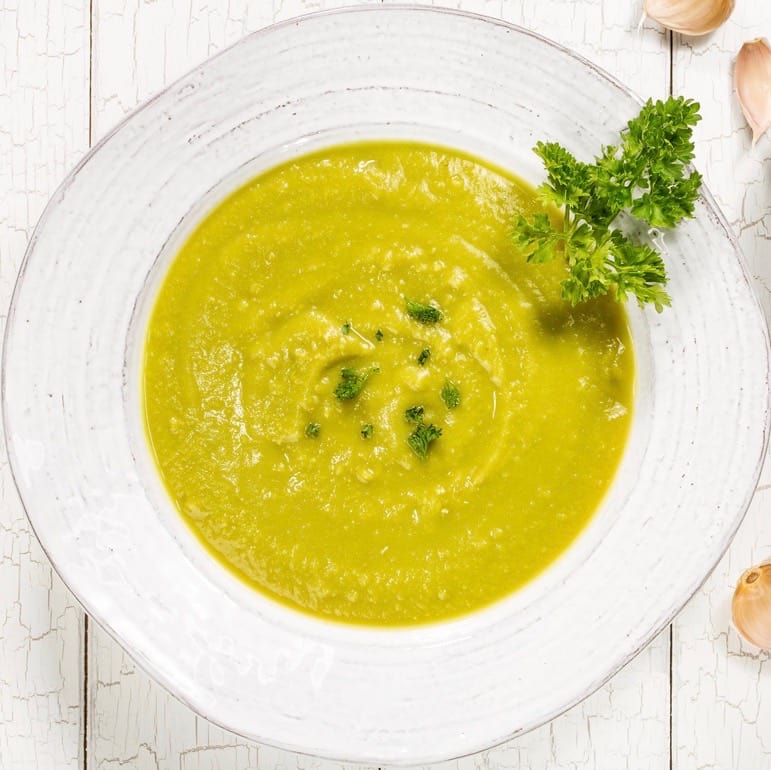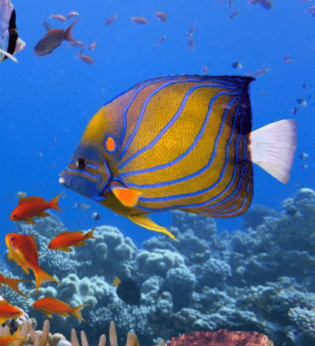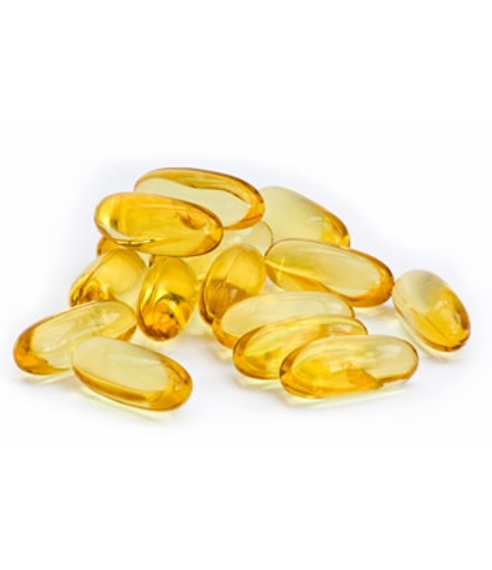Did you know that fish don’t actually make the Omega-3 in “fish oil”? Although fish get all the credit, the magic is in the algae.
Single-cell algae actually make the Omega-3s, and fish do little more than concentrate the algal oil.
Not a bad trick for one of the simplest life forms on earth. Let’s dig deeper into the inner workings of the lowly microalgae—and how they might benefit your health.
The most readily used types of Omega-3 by the body are DHA and EPA, most often obtained from fish that have “processed” the algae in their diet. Omega-3 content varies substantially in different fish: on the high end is salmon with 1000 mg of combined EPA and DHA per 3oz, the low end includes tilapia, with less than 1/5th that amount. But what becomes of vegans who don’t eat any fish?
Vegan DHA and EPA
Vegans can get DHA and EPA in two ways: either by conversion of less complex plant forms of Omega-3s, or by supplementation. The conversion of plant Omega-3s, called ALA, into the “premium” types, DHA and EPA, is problematic because it is extremely inefficient. Typically, less than 5% of plant ALA is converted into the more usable DHA and EPA.
A second option for vegans to obtain DHA and EPA is through algae-derived oil supplements. Algal oil is predominantly DHA, although more recent strains have been identified that produce some EPA as well.
Algal oil tends to be much less concentrated in DHA and EPA than fish oil. For example, a potent vegan fish oil capsule has 270 mg of combined DHA and EPA, in contrast to an over-the-counter fish oil pill that more than doubles that dose with a total of 600 mg. A common goal of supplementation is to exceed 1,000 mg of combined DHA and EPA per day. At the doses listed, achieving this target would require 4 capsules of algal oil but only 2 capsules of fish oil.
Cost is another factor as, dose for dose, algal oil is typically 4 to 8 times more expensive than fish oil. On the plus side, DHA and EPA from algal oil will not contribute to the emerging global depletion of fish.
Algae as a Protein Source
It might come as a surprise that algae is ~60% protein. And there’s growing interest in algae as a vegan source of protein.
Two of the more common algae supplements are chlorella and spirulina, available in pill form or as a green powder. They contain about 2 grams of protein per teaspoon of green powder, (about 4% of daily protein requirements) at a cost of 20 to 40 cents per teaspoon. A frequent use is to mix a teaspoon or two of the powder in a smoothie for added protein. As food manufacturers develop greater expertise in cultivating algae at lower cost, be on the lookout for more products made from algae protein.
Spirulina is also a good source of iron, an added plus for vegans who need to take care to ensure adequate intake (1 teaspoon has about 1/3 the daily iron requirement). Of additional concern to vegans is Vitamin B12, typically found in animal products. Although the nutrition label suggests that spirulina is a good source of Vitamin B12, the type of B12 in spirulina is inactive, or “pseduovitamin B12,” which cannot fulfill the body’s B12 requirement.
The idea of dining on food derived from algae isn’t exactly second nature to most people. But there’s a lot going on in that simple and beautiful single-cell work of art—including some nutritional wonder worthy of our attention.
References:
Spirulina and “Pseudovitamin B12”
Interested in eating better for your own health?
Learn the essentials of good nutrition in our interactive, user-friendly nutrition learning program for the public.
Clinicians: Do you feel confident responding to patient questions about nutrition?
Take our award-winning condensed interactive nutrition CME—and learn what every clinician should know about nutrition.



